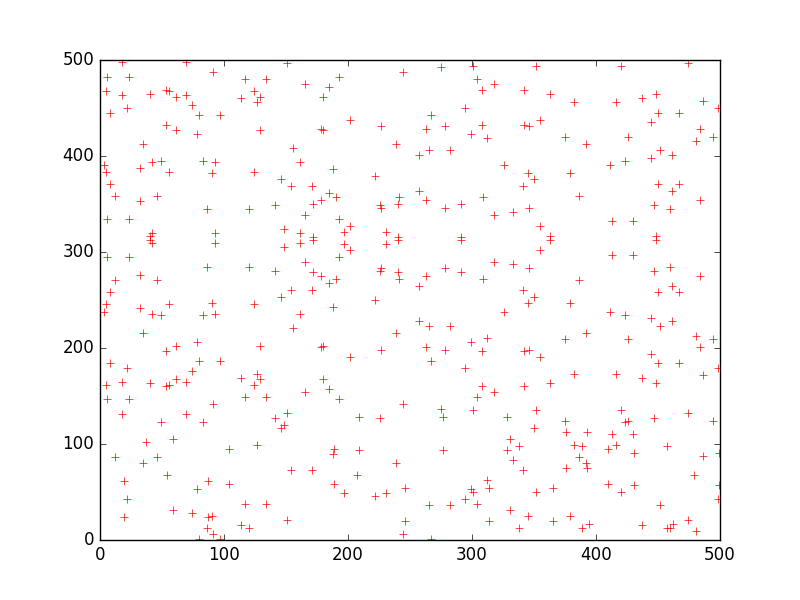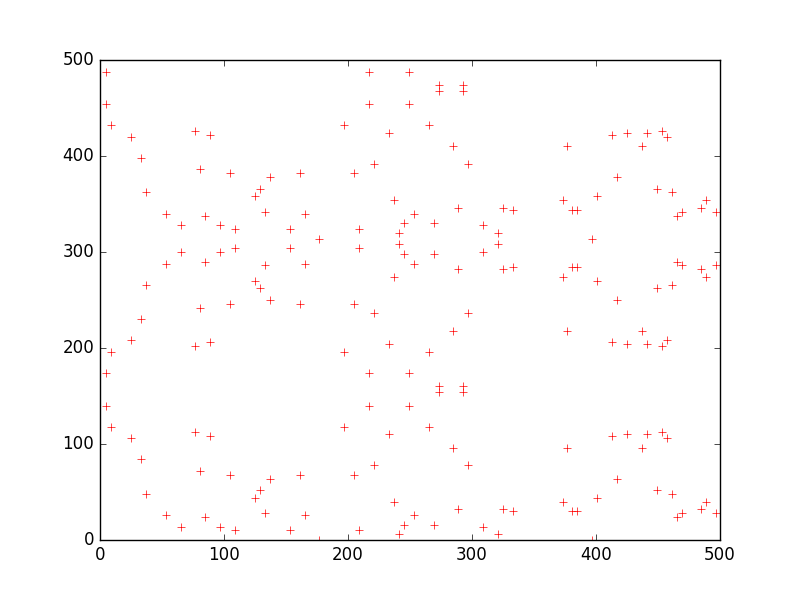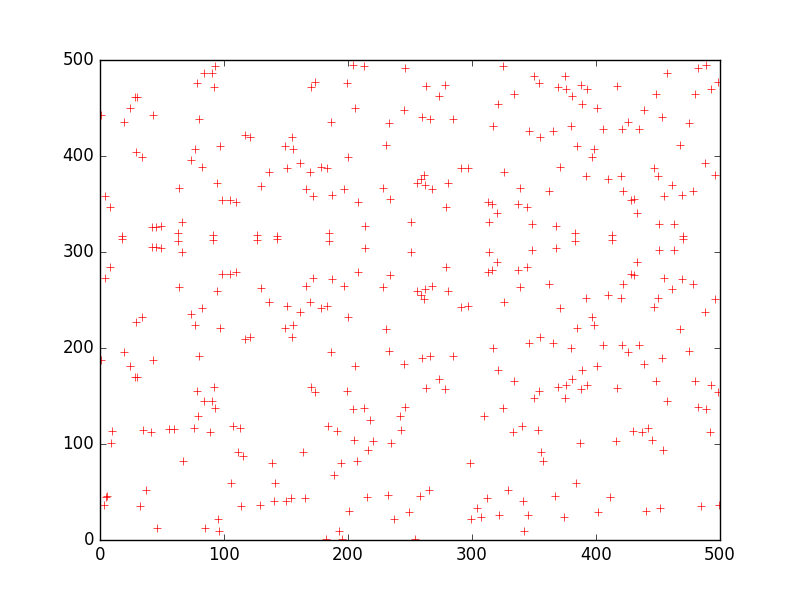Here’s the third (and final!) installment of responses to questions
submitted in the registration surveys (see Part 1
and Part 2 for the earlier responses). If you
missed your chance to ask a question on the registration survey, or have
new questions now the course is further along, feel free to send them
(directly or anonymous is fine if you prefer).
What does Professor Evans do in his free time?
The meaning of “free time” is pretty strange for a professor, since all
your time is basically “free”. You have remarkably few real
requirements on your time (other than showing up for class a couple
times a week every other semester, and filing an annual report once a
year), and can mostly
choose how you want to spend your
time.
How you might view things more normally, one’s view of “free time”
changes a lot after having a family. Before that, I would have
considered my teaching and research work as the main thing I do, and the
time I’m not doing that as “free time”, which I would mostly spend
playing and
watching
soccer, music, and mostly bad TV shows.
Now, I view the main things I do as revolving around my children (4-year
old daughter and 1 ½-year old son), and can mostly schedule the rest
of my life around that (one of the perks of being a professor, instead
of having a real job!). I do get to do lots of fun things with the kids
but don’t really consider that “free time” in the traditional sense.
In the lecture, did you choose to mod(629) because its semiprime? And if so is that why the graph became super scattered?
Great question!
Since its been a while, here’s the picture from Class 1:

It was generated by this (very ugly and brute force) python code:
import numpy as np
import matplotlib.pyplot as plt
def ellip_curve():
x = np.arange(-2, 10, 0.1);
y = np.sqrt(x ** 3 + 7)
plt.plot(x, y)
plt.show()
def ellip_curve_field():
xpoints = []
ypoints = []
G = 629
for x in range(500):
for y in range(500):
if y ** 2 % G == (x ** 3 + 7) % G:
xpoints.append(x)
ypoints.append(y)
plt.plot(xpoints, ypoints, marker='+', linestyle='none', color='r')
plt.show()
ellip_curve_field()
I picked 629 just because its one of my favorite numbers, but the fact that is has two large factors (17 * 37) makes it produce a less regular graph than we would get for a more divisible number. For example, here is the graph for modulus 628 (2 * 2 * 157):

which seems to have more patterns in it than the one for modulus 631 (
prime)

Of course, the actual modulus values used for cryptosystems like bitcoin are
huge prime numbers (2
256 - 2
32 - 977 for bitcoin’s curve, which is otherwise the same as this one).
How long have you been teaching this course for?
When you filled out the survey, about 3 days. Now, its been about 4 weeks. This is my first time teaching cs2102, but I’ve taught
lots of other courses.
More applications of Discrete Math (we talked about encryption, which was really interesting, but I would like to hear about more applications); Professor Evans’ field of research and maybe its relation to Discrete Math
Yes, I’ll try to keep this in mind and connect things to applications as
much as possible, but the gap between some of the theory we will learn
and applications is sometimes fairly large (that is, we need to get
fairly deep into the theory before we can connect it to applications
well). That said, nearly every concept in this class does have clear connections to applications in computing, and we’ll see many examples, and I’m always happy to talk about more in office hours.
My research is in computer security and applied cryptography, which is
entirely built on discrete math. I will try to integrate this into some
of the lectures, but definitely have some classes toward the end of the
semester that get more into how discrete math is essential for
cryptography, and maybe even how some of the problems you’re learning
about in this class can be used to enable zero-knowledge proofs (that
is, proving that you know something without revealing anything about it)
and multi-party computation (enabling two people to compute a function
together without revealing any information about their inputs).
How to get an A?
If you are able to demonstrate good understanding of the key concepts in
the course, and ability to use them to solve problems well, you’ll get
an A in the class. Working effectively and consistently on the
assignments throughout the semester, of course, should help. It is also
important to ask for help, focusing on your understanding of concepts,
not just on the immediate goal of being able to answer some question on
a problem set. Most people will also benefit greatly by finding a study group to work with that works well together, where you are enhancing your
learning by explaining things to others, and testing the limits of your
understanding by having others question your assumptions and approaches.
How much of this course is pure math, how much is computing, and how much is both? (I apologize for being so vague)
This is a math course (hence the name Discrete Mathematics), but also a
computer course (hence the course number cs2102). I would claim all the
math we do in the class has some significant relevance to computing, but
it is also selected partly for relevance to computing and partly for
being interesting math (at least in my view, or that of the textbook
author’s). I would say the decisions about what to include in the class
are based about 50% on relevance to computing and 50% on interesting
math (which would mean that something that is highly relevant to
computing but uninteresting math would not be covered in favor of
something that is less directly relevant to computing but interesting
math).
Are there available solutions to the textbook practice problems?
Not for most of them. I understand that it would be very helpful to be
able to look at solutions after you try problems yourself. We’ll
provide solutions to the problems assigned on problem sets, but if you
have other problems that you’ve tried to solve on your own and want to get feedback on your solution or suggestions for a good solution, feel free to send your solution (or attempt and explain what you are trying to do) to me.
I want to major in CS, but I am not sure I want to go into programming. What can Discrete Mathematics help with in deciding a different career path using a computer science degree?
I don’t expect this class will be that helpful directly in exploring
possible computing careers, but do hope it will give you the background
to succeed in many possible careers. What I would say is that if you
enjoy and excel and the kinds of problems we do in this class, you are
well suited to careers in aspects of computing at the level of
designing, reasoning about, and defining systems, as well as in careers where you are reasoning about ideas.
How is the course related to coding?
I usually interpret coding as the process of turning a well described
algorithm into code in some programming language. This course won’t
help too much with that. It is more related to programming, which I
view as the process of finding a program that solves some problem. This
includes both devising the algorithms and data structures to use, and
writing the code to implement them. This course should help you get
better at constructing programs and reasoning about whether or not they
are correct.
Were you ever discouraged by failure while studying computer science?
Yes, many times! As one memorable example, in my “Advanced Computer
Science” course in high school the teacher assigned us to implement
quicksort (I think this was in BASIC). I couldn’t get it to work, and
got very frustrated, and refused to turn anything in. Other students
turned in obviously broken programs, but got most credit for their
attempts. I ended up getting a B in the course as a result, and being
very upset about it, but to no avail. I did make my peace with
quicksort later, and its now one of my favorite algorithms (and I’ve
been privledged to meet its inventor, Tony Hoare, several times and even
have dinner with him).
Is this course harder to comprehend than other courses and what is the best way to prepare for this course and the exams and home work that will be provided?
I think this course is probably harder to comprehend than most courses
you take, both because of the material and my general approach to teaching. For most students, the material in this course requires you to learn to think in new and unfamiliar ways, and to develop new mental models, not just to learn new things that fit well into your well-developed mental models. My approach to teaching emphasizes challenging students to learn things by exploring things on your own after (hopefully) the right context has been developed to enable this. I believe this is important for really learning things well, as well as developing your abilities to be creative thinkers. But, this is different from what students typically expect and are accustomed to classes where you are given a lot more guidance about what to do and prescribed how to do things.
Will I be able to survive with Python experience but no previous Java experience?
Yes. There is no requirement to have experience with either Python or Java, but just to have enough familiarity with some programming language to understand programs.
How are exams like?
The plan for the first exam is to have an in-class exam, with problems
that you should be well prepared to answer if you understand the problem
sets. The exam questions will be similar to problem set questions, but
less difficult and complex given the limited time available during the
exam.
How far do you suggest we delve into the world of math in order to become the best computer scientist we can be? What other courses might help broaden our mathematical background in a way that is beneficial to our computer science studies?
The most direct classes that follow from this one are cs3102 (Theory of
Computation) and cs4102 (Algorithms). Many computing courses involve a
lot of math including graphics (mostly linear algebra), cryptography
(mostly discrete math), and machine learning (includes more continuous
math, as well as lots of linear algebra and discrete math). In general, any good math course should help develop your abstract thinking abilities in ways that will be useful in computing, although some will have more direct applications in computing than others.
How does the material we have learned so far relate to computer science as a whole? Do programmers in the real world need to know how to write proofs
If the “real world” means a typical software developer in industry, then
it is pretty rare for a programmer to need to write a “formal proof” in
a mathematical style, but very common for a programmer to need to form a
strong argument that convinces others an idea is correct (this is really
what a proof is). In terms of mathematical-style proofs, these are very
common in computing research and most research papers (even in systems
areas like networking and programming languages) include several proofs.
What is the best internship and extra-curricular programs relating to computer science that you would recommend?
There are lots of great opportunities at UVA. I’ve been impressed with
HackCville and the
Computer and Network Security Club is great.
Away from Charlottesvile, the Recurse Center
is very cool (when I visited it was called Hacker School), and they have
students for summer sessions.
Lots of students have great experiences doing research over the summer,
and there are many ways for students to get involved in research groups
and have paid positions over the summer (including in
mine).
I don’t want to mention specific companies for internships publicly
here, but there are some that I’ve heard students have great experiences
at, and other where the experiences are more mixed. I’m happy to share
my thoughts on this privately during office hours (or make an
appointment to meet some other time).
Do you like turtles?
How well have your past students performed in this course? I will admit that Day 1 was a bit intimidating for me.
I haven’t taught this course before, but in general students work hard
in my classes and hopefully learn a lot, and most students in my classes
end up getting As. I don’t know what the distribution will be for this
class (and I don’t assign grades with a target distribution in mind),
but I hope to be able to have at least 2/3rds of the class get As (or at
least A-s), and the rest all get at least a B (but sometimes there is no
way to justify the desired grate).
Are any of the homeworks dropped?
None are “dropped” per se, but the grades are computed with many
different weightings (some of which don’t count the early homeworks
heavily, and others which will only count the number of “green” star or
better homeworks) and generally the weighting that make your performance
look best is the one that will determine your grade. All the homeworks
as important for learning the material well, but you shouldn’t be
stressed out about getting a low grade on one or two homeworks.


